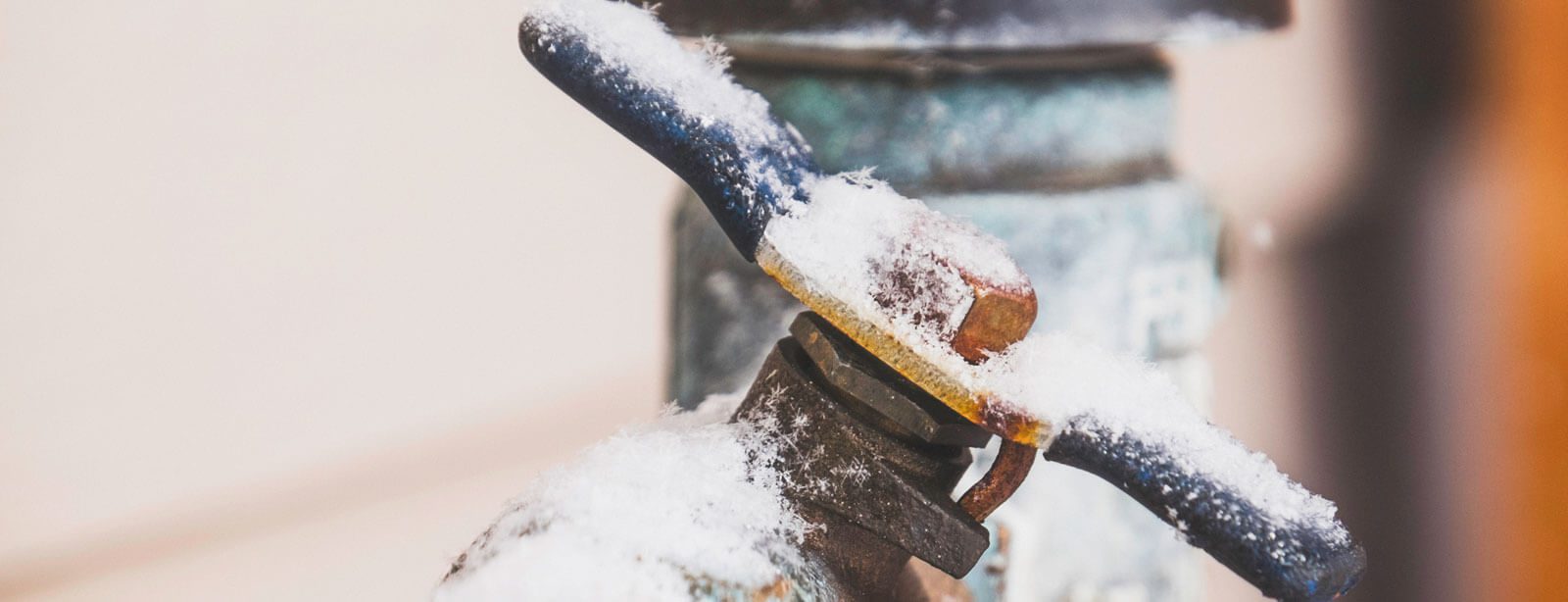Protecting Against Frozen Pipes: Top Methods for Cold Weather
Protecting Against Frozen Pipes: Top Methods for Cold Weather
Blog Article
Listed here in the next paragraphs you will discover a good deal of excellent facts related to Winter Plumbing Precautions: Preventing Frozen Pipes.

Winter can damage your plumbing, specifically by freezing pipelines. Below's just how to stop it from taking place and what to do if it does.
Introduction
As temperatures drop, the threat of icy pipes rises, possibly causing costly fixings and water damage. Recognizing exactly how to prevent icy pipes is crucial for home owners in chilly environments.
Comprehending Icy Pipes
What causes pipelines to freeze?
Pipelines freeze when subjected to temperatures below 32 ° F (0 ° C) for expanded periods. As water inside the pipelines ices up, it broadens, taxing the pipe wall surfaces and potentially creating them to rupture.
Threats and damages
Icy pipes can bring about water interruptions, residential property damages, and costly repairs. Ruptured pipes can flooding homes and trigger comprehensive architectural damage.
Indicators of Frozen Pipes
Determining icy pipes early can avoid them from breaking.
How to determine icy pipelines
Seek decreased water flow from taps, unusual odors or noises from pipes, and visible frost on subjected pipelines.
Avoidance Tips
Shielding vulnerable pipelines
Cover pipes in insulation sleeves or utilize warm tape to shield them from freezing temperature levels. Concentrate on pipes in unheated or outside areas of the home.
Heating methods
Maintain indoor spaces effectively heated, especially areas with pipes. Open cabinet doors to permit warm air to distribute around pipes under sinks.
Securing Outdoor Pipes
Yard hoses and outside taps
Detach and drain pipes yard hoses before winter months. Mount frost-proof faucets or cover outdoor faucets with shielded caps.
What to Do If Your Pipelines Freeze
Immediate activities to take
If you believe frozen pipes, keep faucets open to alleviate stress as the ice melts. Utilize a hairdryer or towels soaked in warm water to thaw pipelines gradually.
Long-Term Solutions
Structural modifications
Consider rerouting pipelines away from exterior wall surfaces or unheated areas. Add extra insulation to attics, cellars, and crawl spaces.
Upgrading insulation
Purchase high-quality insulation for pipes, attics, and walls. Appropriate insulation aids keep regular temperatures and reduces the danger of frozen pipelines.
Verdict
Protecting against icy pipes requires proactive steps and quick responses. By understanding the causes, signs, and preventive measures, property owners can safeguard their pipes during winter.
5 Ways to Prevent Frozen Pipes
Drain Outdoor Faucets and Disconnect Hoses
First, close the shut-off valve that controls the flow of water in the pipe to your outdoor faucet. Then, head outside to disconnect and drain your hose and open the outdoor faucet to allow the water to completely drain out of the line. Turn off the faucet when done. Finally, head back to the shut-off valve and drain the remaining water inside the pipe into a bucket or container. Additionally, if you have a home irrigation system, you should consider hiring an expert to clear the system of water each year.
Insulate Pipes
One of the best and most cost-effective methods for preventing frozen water pipes is to wrap your pipes with insulation. This is especially important for areas in your home that aren’t exposed to heat, such as an attic. We suggest using foam sleeves, which can typically be found at your local hardware store.
Keep Heat Running at 65
Your pipes are located inside your walls, and the temperature there is much colder than the rest of the house. To prevent your pipes from freezing, The Insurance Information Institute suggests that you keep your home heated to at least 65 degrees, even when traveling. You may want to invest in smart devices that can keep an eye on the temperature in your home while you’re away.
Leave Water Dripping
Moving water — even a small trickle — can prevent ice from forming inside your pipes. When freezing temps are imminent, start a drip of water from all faucets that serve exposed pipes. Leaving a few faucets running will also help relieve pressure inside the pipes and help prevent a rupture if the water inside freezes.
Open Cupboard Doors
Warm your kitchen and bathroom pipes by opening cupboards and vanities. You should also leave your interior doors ajar to help warm air circulate evenly throughout your home.

As a devoted reader about Prevent Frozen Pipes , I figured sharing that excerpt was really helpful. Sharing is caring. Who knows, you will be doing someone a favor. Thank you for being here. Return soon.
Click Here Report this page